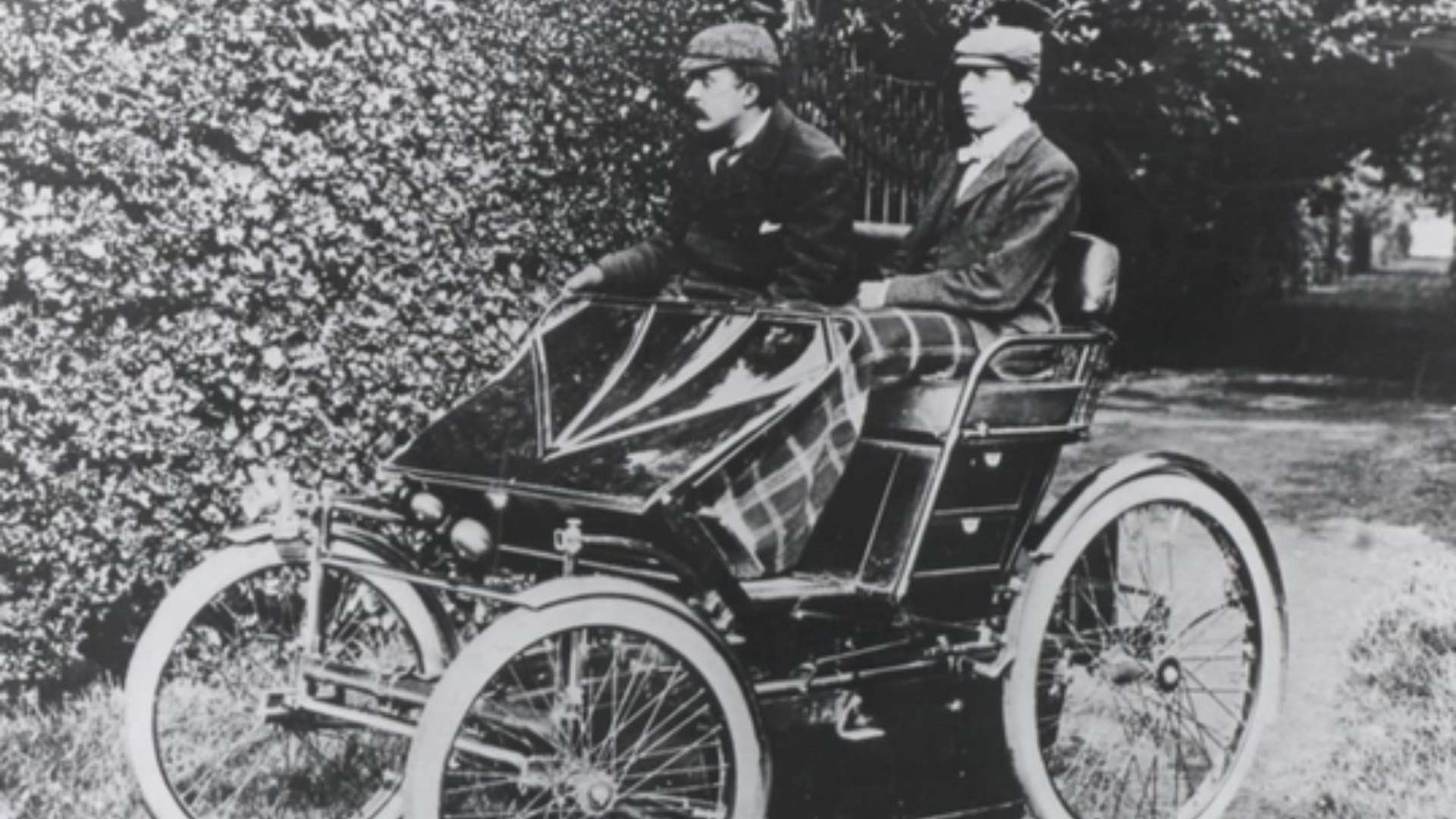
A disc brake is a wheel brake that slows the rotation of the wheel by the friction caused by pushing the brake pads against a brake disc with a set of callipers. The development of disc brake began in 1890s in England. The first automobile disc brake was patented by Frederick William Lanchester in his Birmingham factory in 1902 and was used successfully on Lanchester cars.
Frederick William Lanchester was born on 23 October 1868 in Lewisham, London. In December 1899 Lanchester and his brothers created the Lanchester Engine Company in order to manufacture cars that could be sold to the public. He invented the modern disc brakes and is patented for it too. But due to the limited choice of metals during the time, he had to use copper as the braking medium acting on the disc. Keeping in mind also the poor state of the roads at the time, dusty, rough tracks meant that the copper wore quickly. As a result of this, the disc brake system was deemed non-viable as recorded in The Lanchester Legacy. For Frederick William Lanchester’s invention to be widely adopted, it took another half century.
Although the 1950 Crosley Hot Shot is often given credit for the first U.S. production disc brakes, but it was actually the Chrysler Crown Imperial who had them first as standard equipment at the beginning of 1949. The Chrysler four-wheel disc brake system was more complex and expensive than Crosley’s, but far more efficient and reliable. They were “self-energizing” as the braking energy itself contributed to the braking effort. This was accomplished by small balls set into oval holes leading to the brake surface. This resulted in the braking pressure being lighter than with callipers, avoided brake fade and promoted a cooler running. But due to its cost, the brakes were only offered as standard on the Chrysler Crown Imperial through 1954 and the Town and Country Newport in 1950.
It was in 1953 on the Jaguar C-TYPE racing car developed in the UK by Dunlop which featured a reliable calliper-type disc brake. The first French version of this technology was seen in the 1955 Citroën DS which featured an inboard front disc brake; however, it was the 1956 Triumph TR3 which was the first English production cars which was seen with modern brakes. The first car produced with disc brakes at all four wheels was the Austin-Healey 1005 in 1954. The first German production car with disc brakes was the 1961 Mercedes-Benz 220SE coupe, which featured a British-built Girling unit on the front. The next American car equipped with this braking technology was the 1963 Studebaker Avanti. Rambler Marlin, Ford Thunderbird and the Lincoln Continental saw the calliper-type disc brakes becoming a standard equipment by 1965. The Chevrolet Corvette Stingray was introduced a four-wheel disc brake system in 1965.
Disc brakes offer a better stopping performance as compared to drum brakes as the disc cools rapidly, due to which the discs are less prone to the “brake fade” caused when brake components overheat. Additionally, the disc brakes also recover more quickly from immersion because of the same reasons. Most drum brake designs have at least one leading shoe, which leads to a servo-effect. Whereas in contrast, a disc brake has no self-servo effect and its braking force is always proportional to the pressure placed on the brake pad by the braking system via any brake servo, braking pedal or lever; this assists the driver with a better feel to avoid an imminent lockup.
During their first introduction, disc brakes were the most popular on sports cars, since those vehicles are more demanding about brake performance. But in current times, the discs have become more common in most passenger cars, although many still make use of drum brakes on the rear wheels to keep costs and weight down as well as to simplify the provisions for a parking brake. Since the front brake performs most of the braking effort, this seems like a reasonable compromise. The same case with motorcycles, the first ones were racing vehicles. However, the 1969 Honda CB750 was the first mass-produced road-going motorcycle to have a disc-brake. Now a days, the disc brakes are commonly used on motorcycles, mopeds and mountain bikes.
Gallery
Share this Article
Your comment will be verified by admin before going live

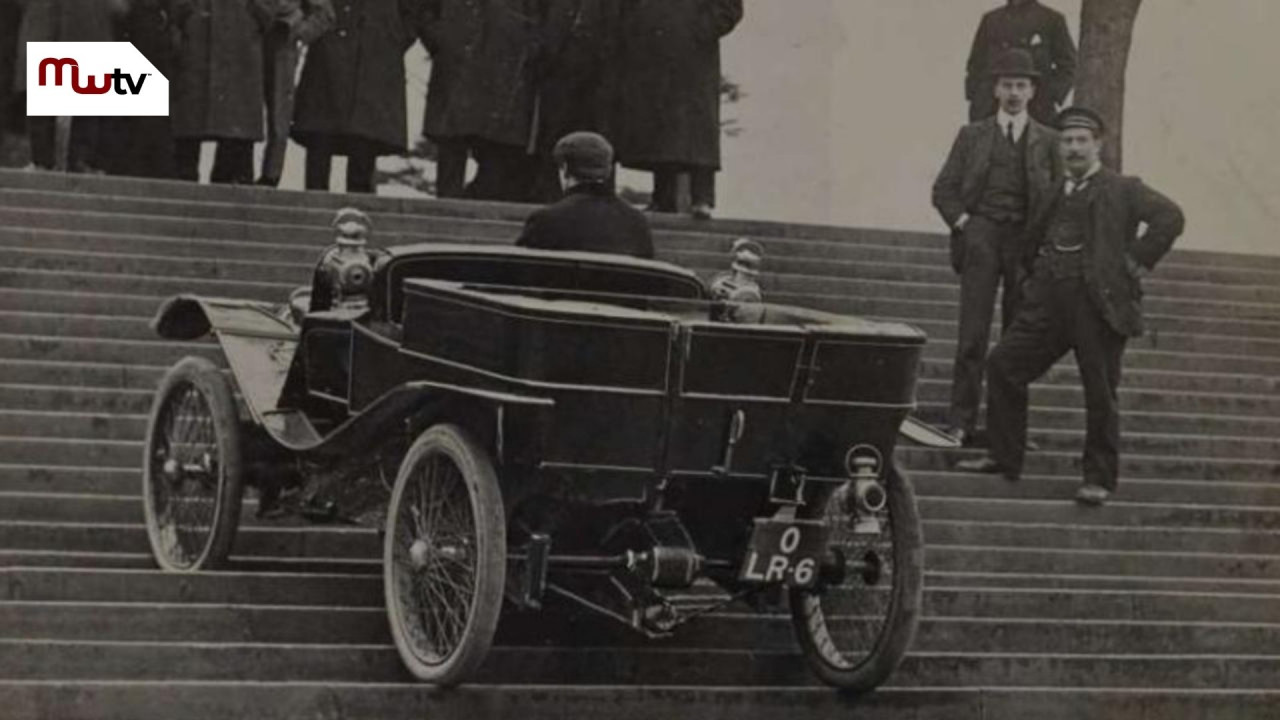
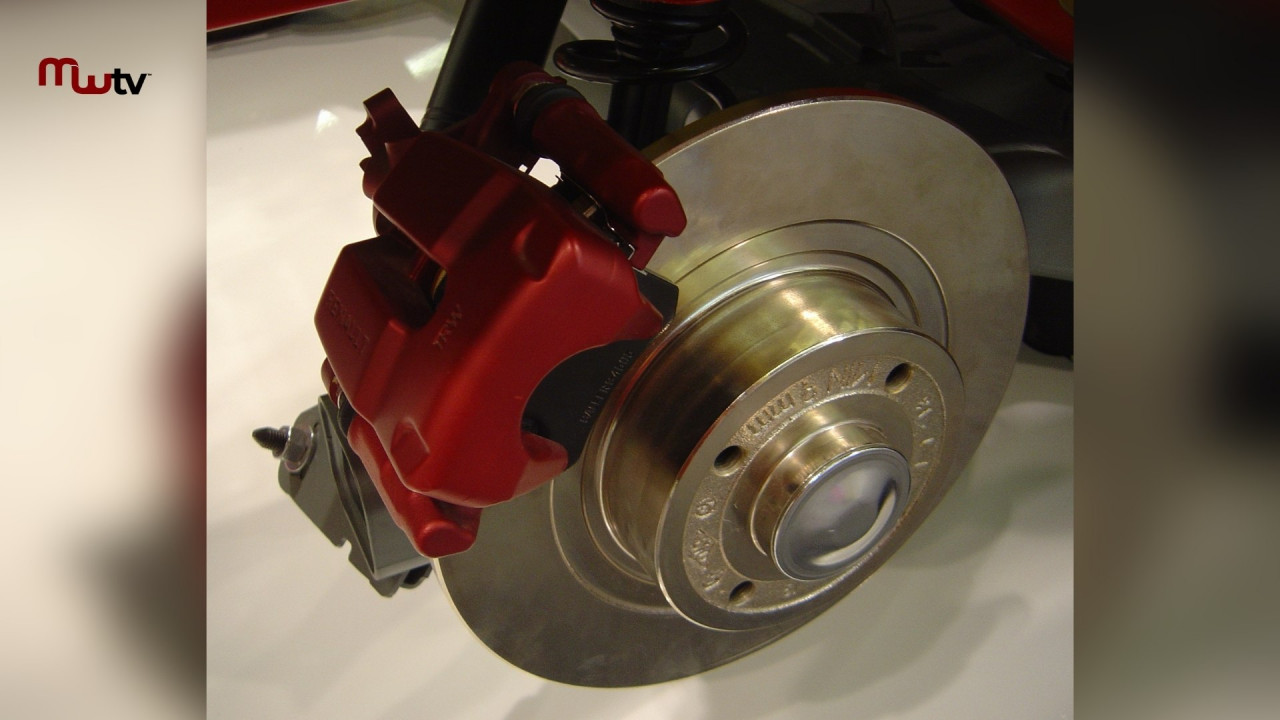
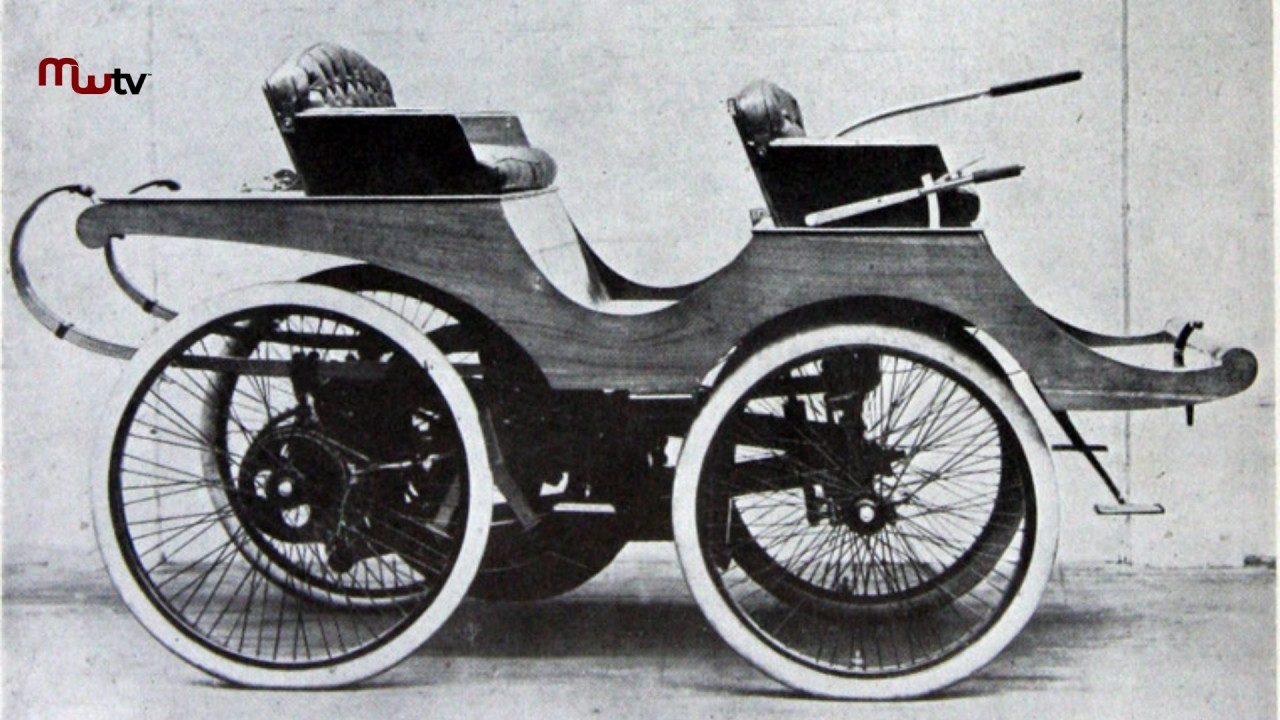



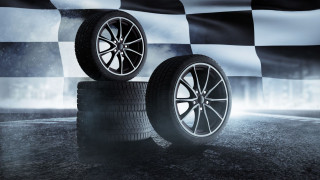

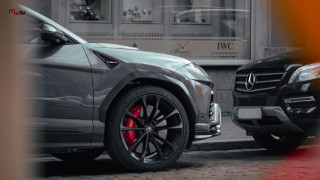
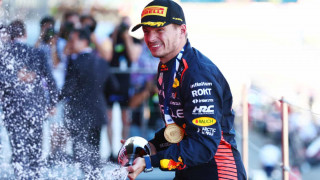
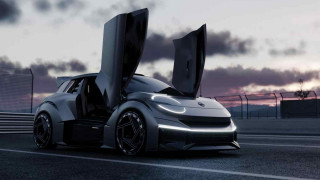
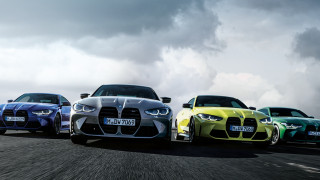

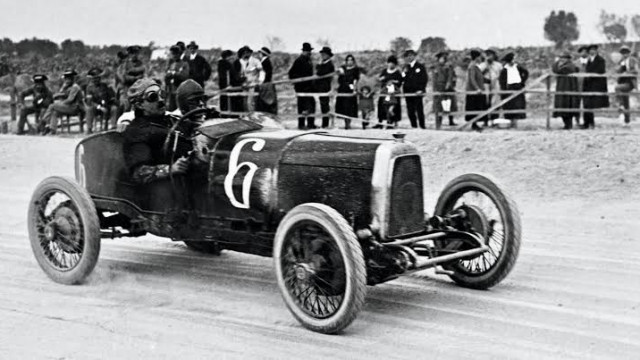
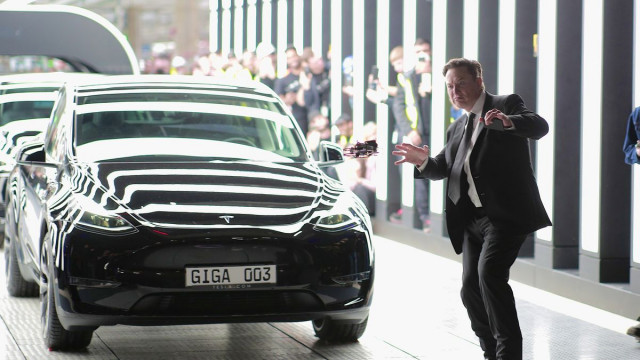
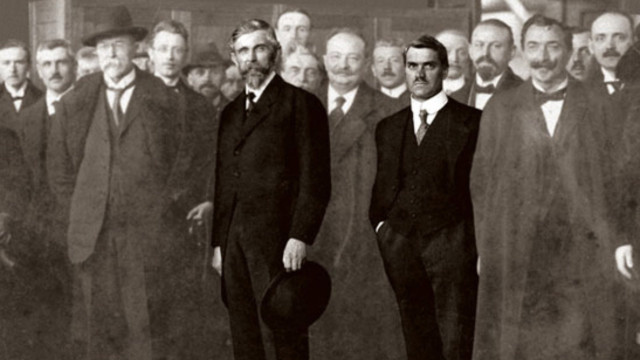
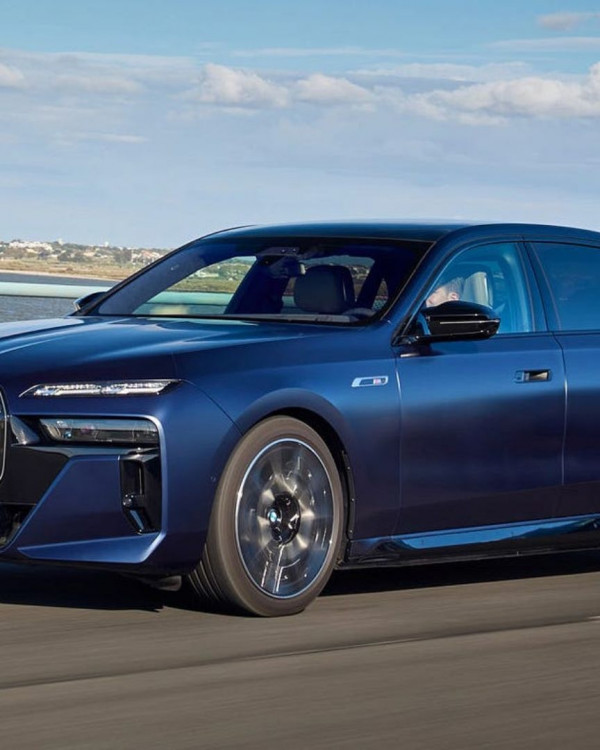



I had never even given a thought to this!